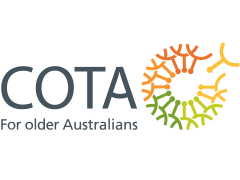Australian health ministers report progress on elective surgery and other health reforms
Australian health ministers met in Canberra on 22 July, with elective surgery, patient rights and the new Australian Health Care Agreements some of the main areas of discussion.
They said that in just six months, almost 14,000 additional patients have received elective surgery as a result of the partnership between the Commonwealth and the states and territories.
Earlier this year, the Rudd Government committed $150 million for an immediate blitz to undertake 25,000 additional procedures for people waiting longer than clinically recommended.
In return, the states have used this funding effectively, and agreed to a comprehensive reporting regime.
Fifty-five percent of that target has now been met, and states and territories expect to meet the target by the end of 2008.
Monitoring growth in demand
The Ministers also discussed funding under the new Australian Health Care Agreements.
It was agreed that as part of the negotiations, all factors driving growth in demand for public health services would be considered.
There was general agreement that, due to the complex factors driving growth in public hospitals, work would have to be done to determine the most effective way to monitor this growth.
Work also needs to be done on ways to manage any growth in demand.
Charter of Patient Rights
Ministers agreed that a single Charter will be identified as a clear statement of a minimum set of standards of rights, expectations and entitlements, that is uniformly applicable across all states and territories.
This will facilitate a more cohesive and unified approach to achieving health rights for patients and consumers across Australia.
Hospital patient ID bands
The Ministers agreed to adopt a standard patient identification band by public and private health services.
Previously, different colours have been used as codes for different conditions, but there is some evidence that these can increase the risk of identification errors.
A national standard will improve patient safety and quality of care.










